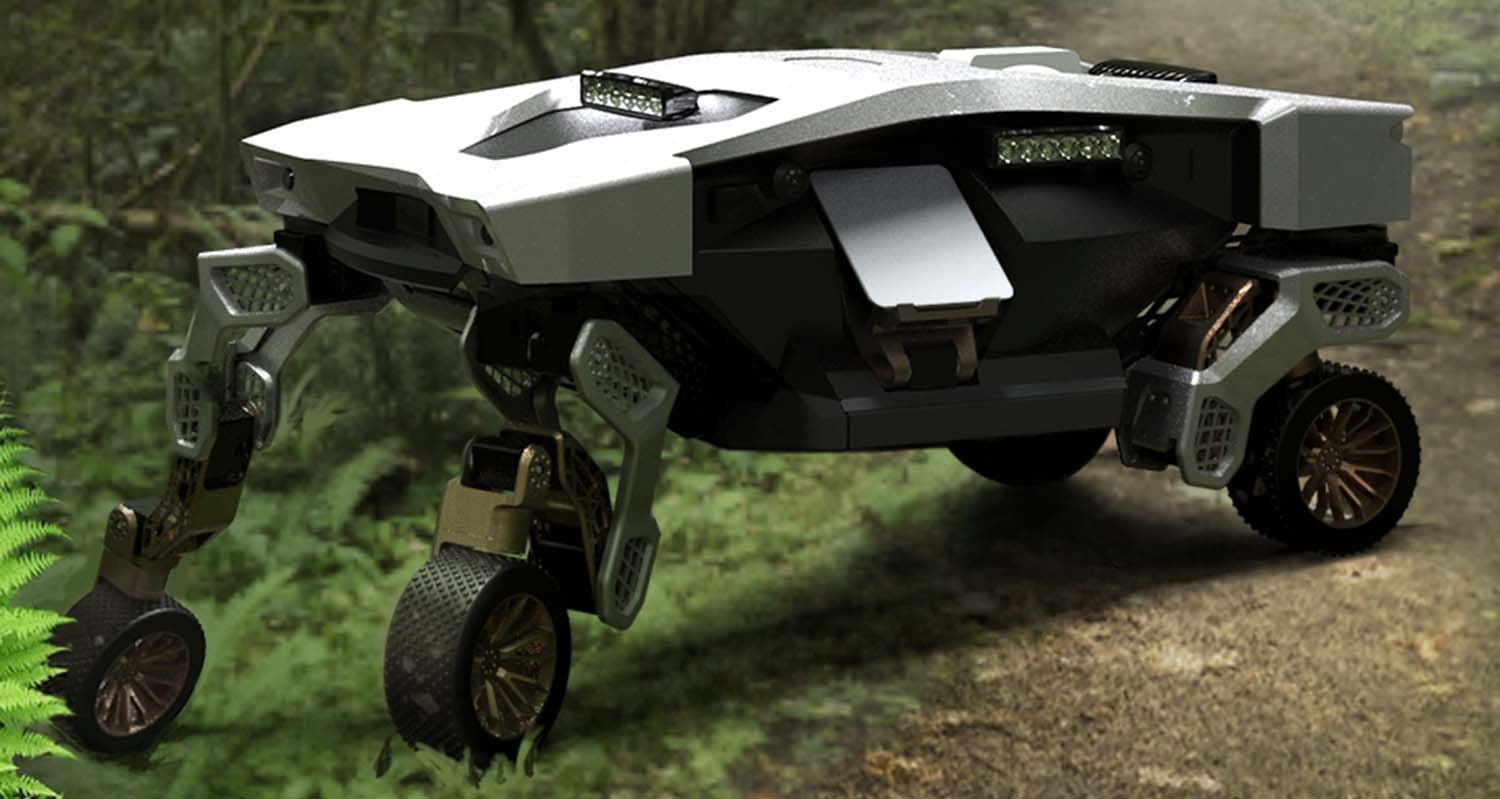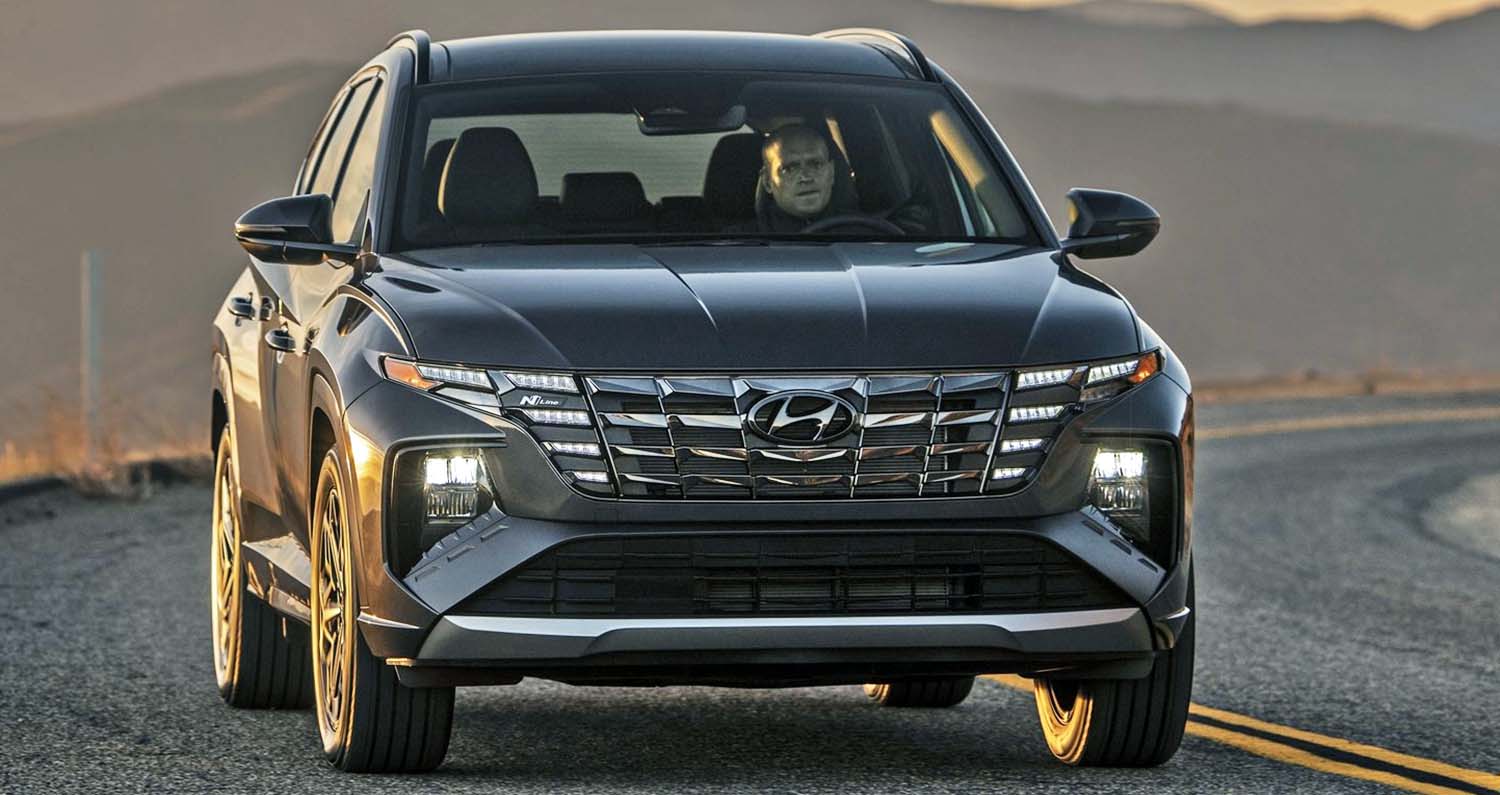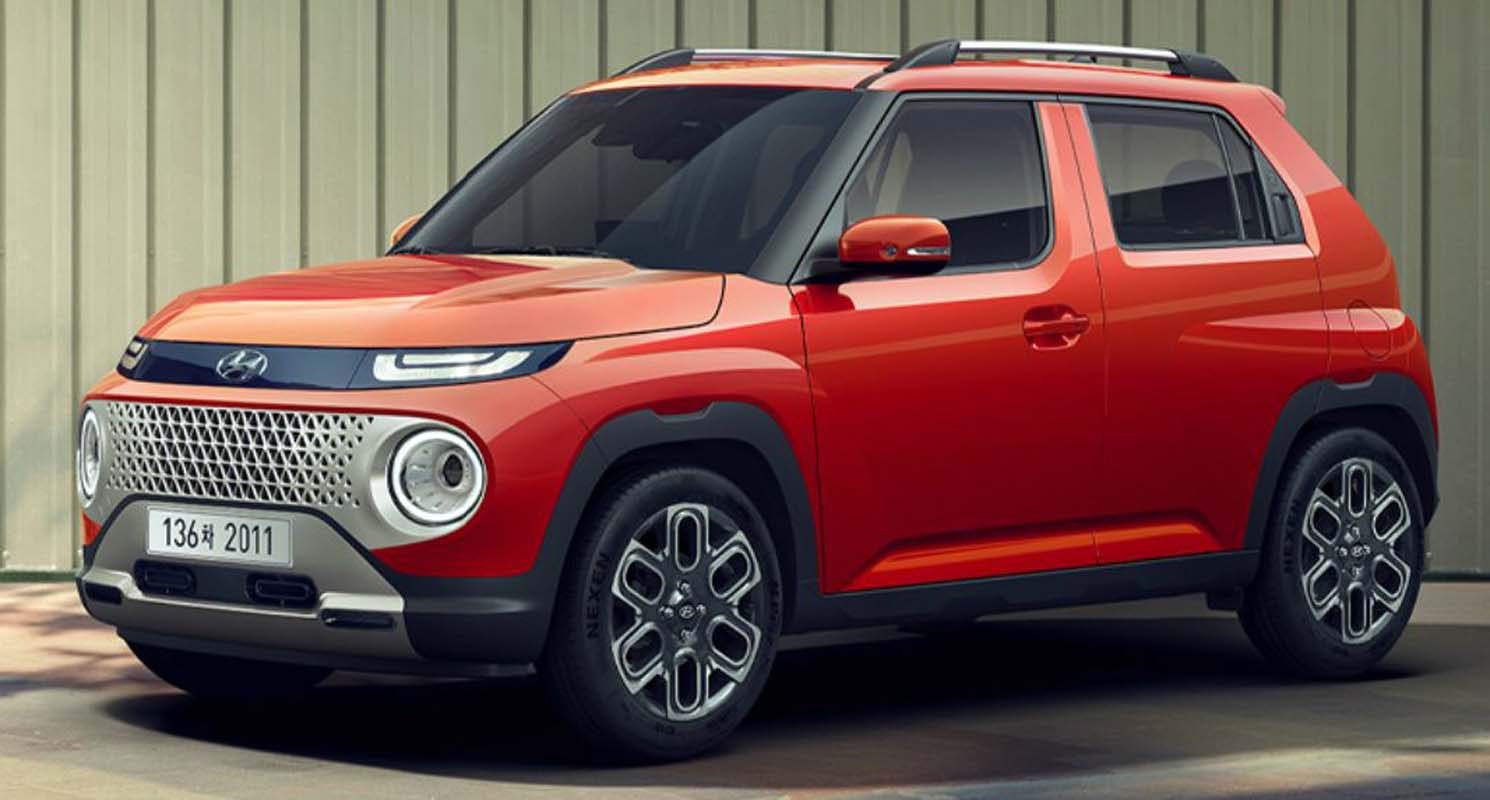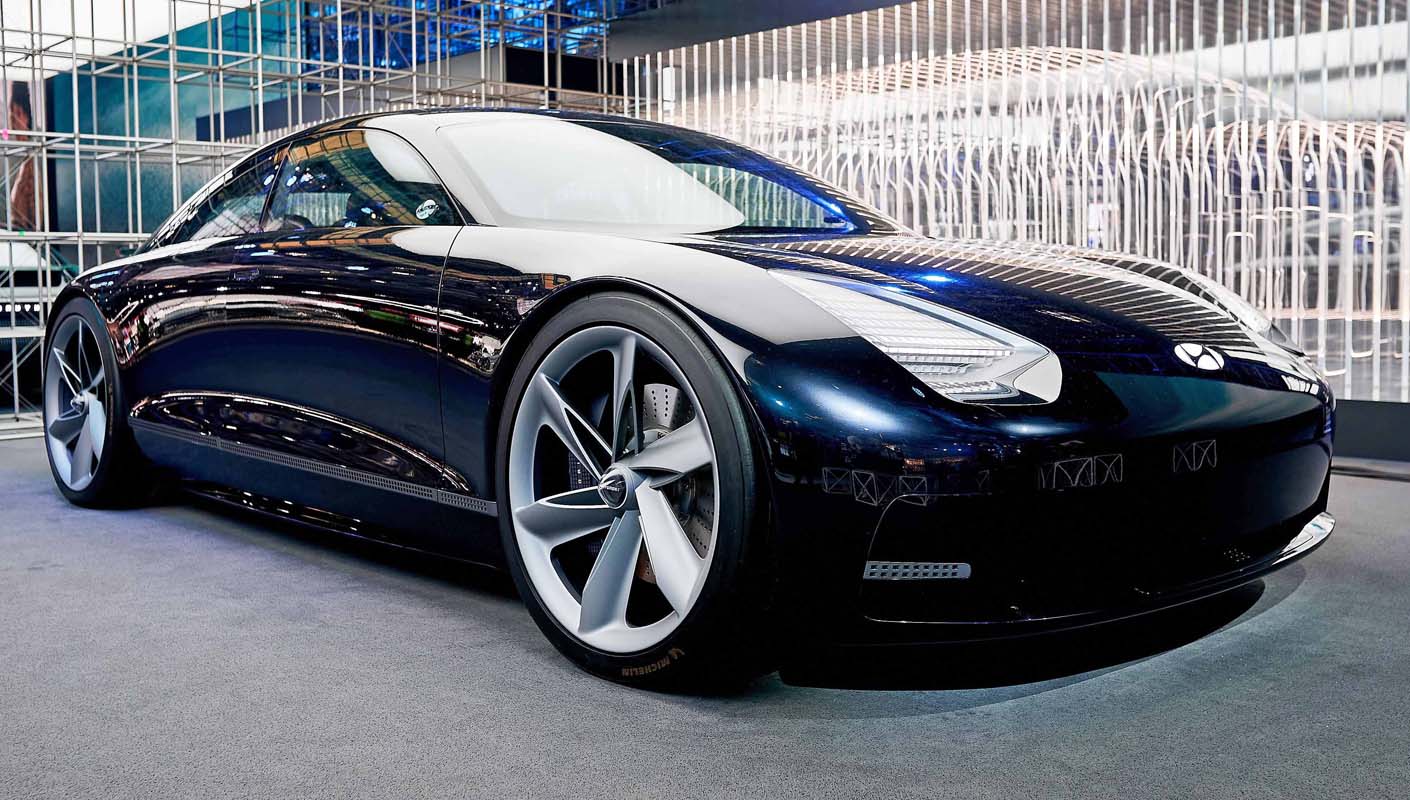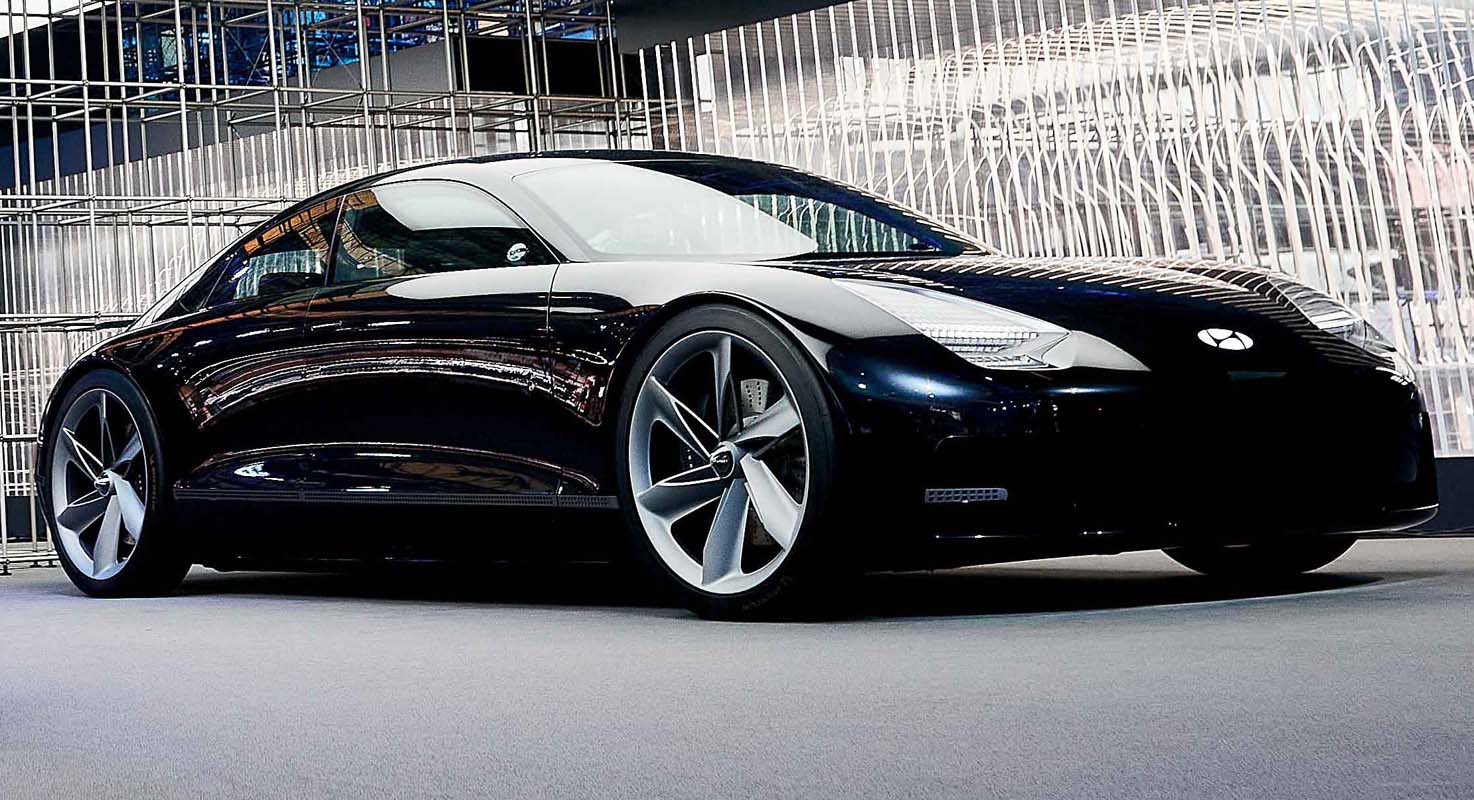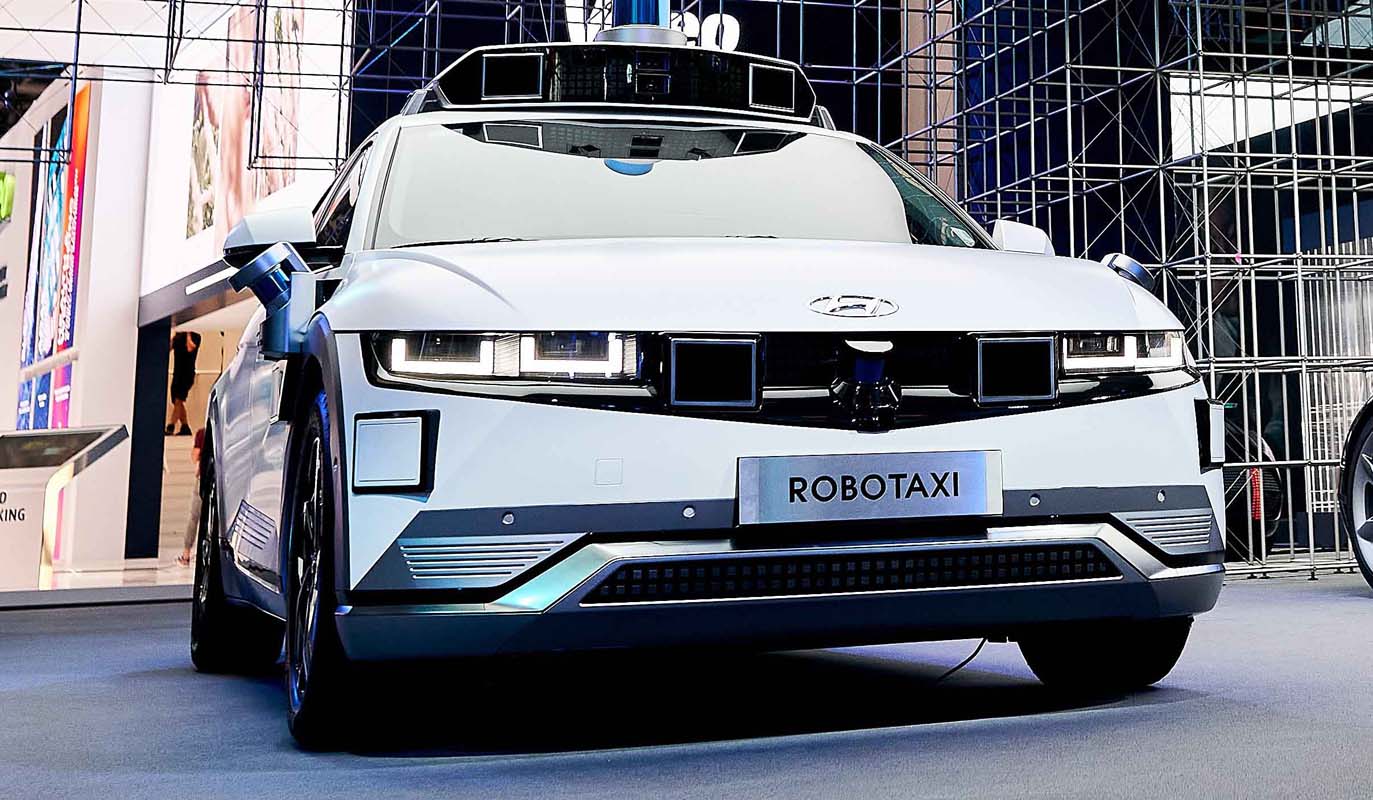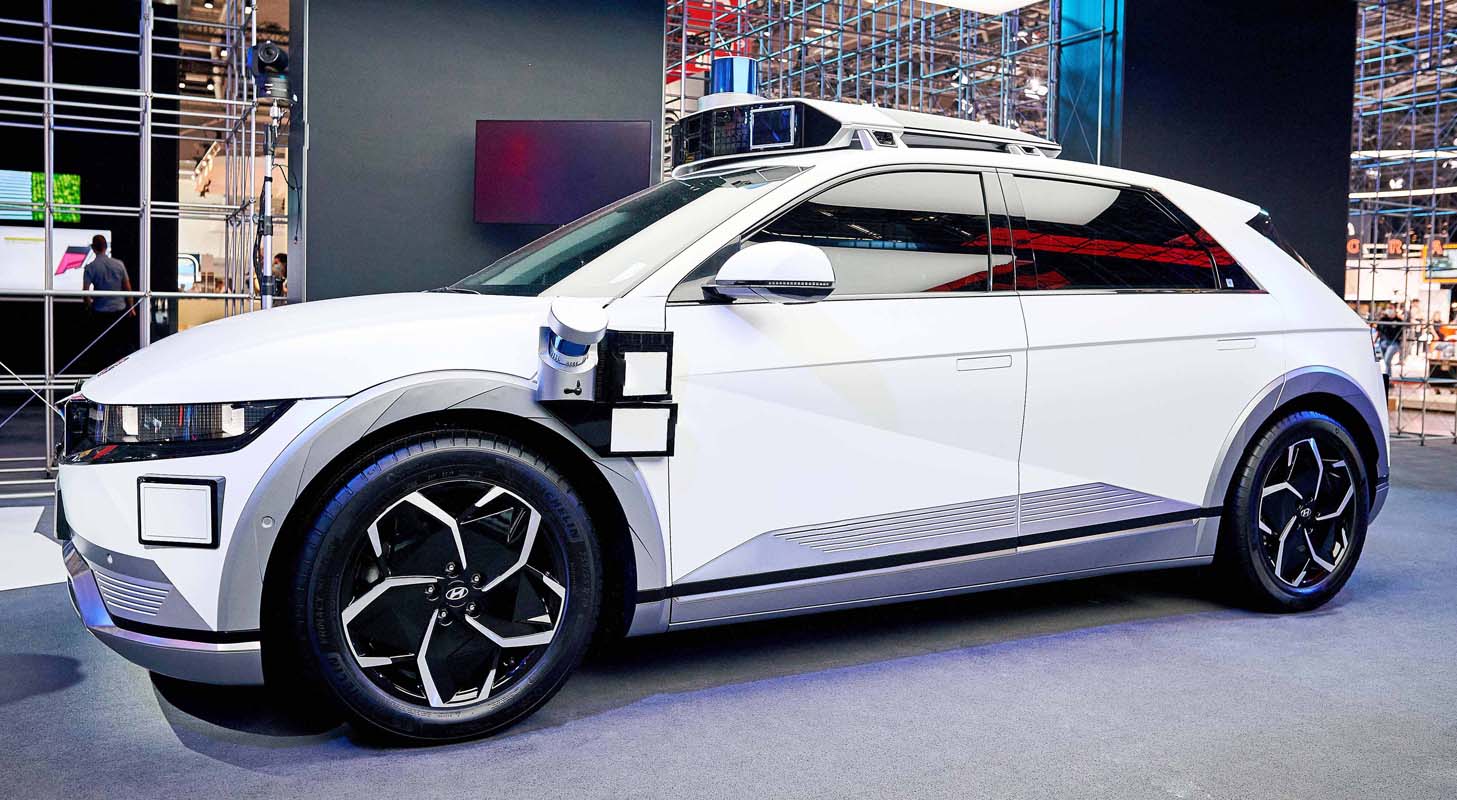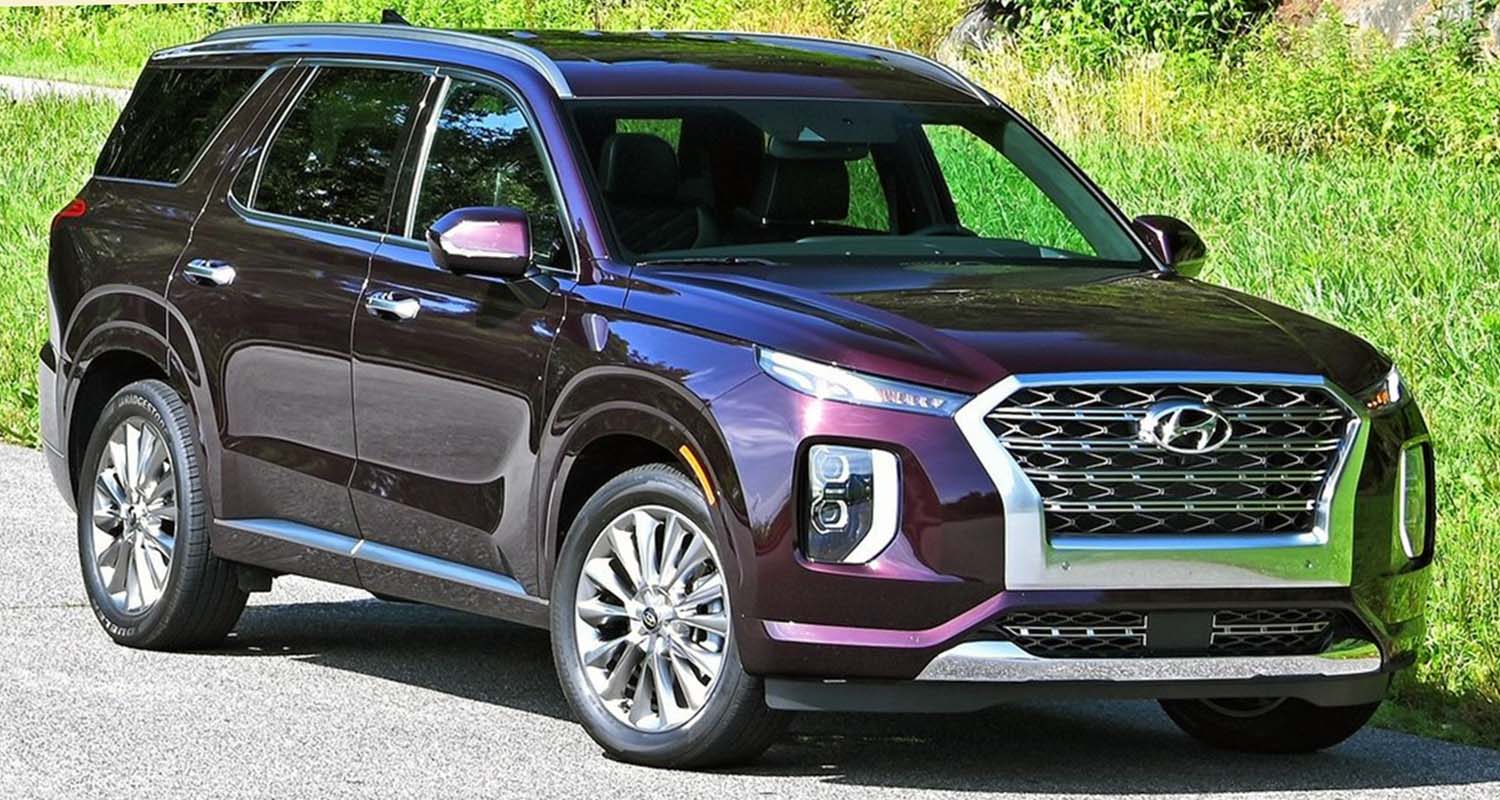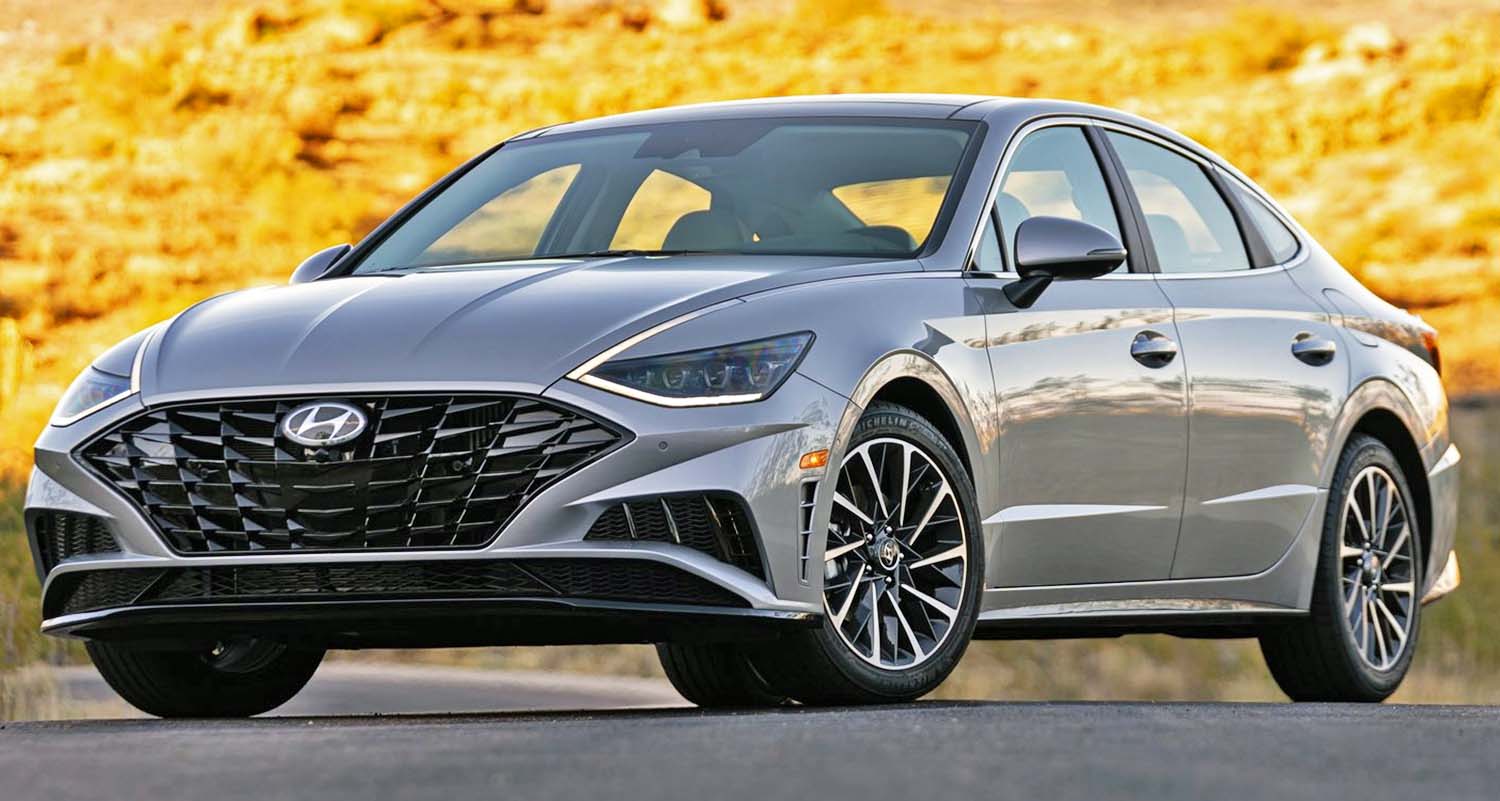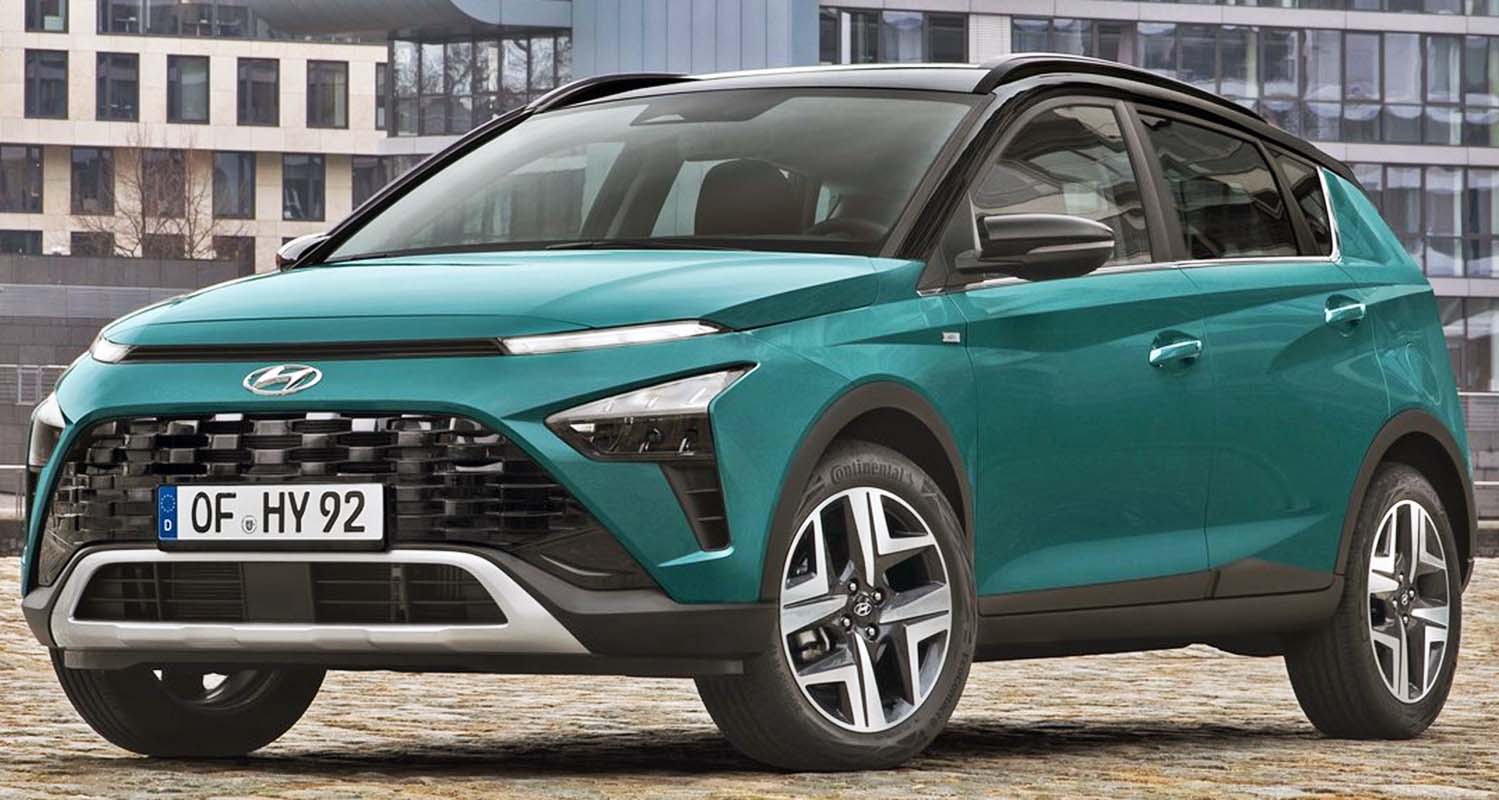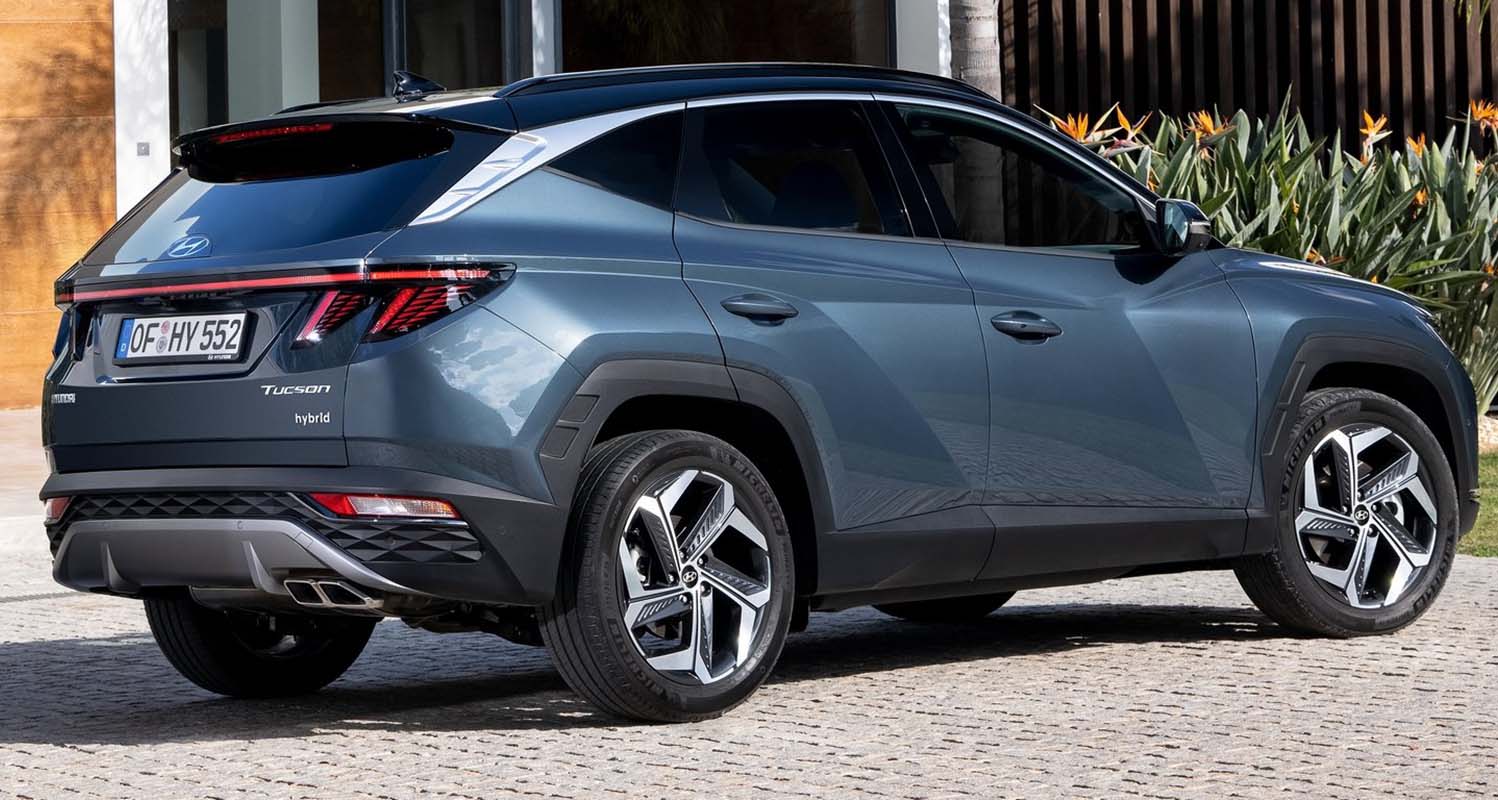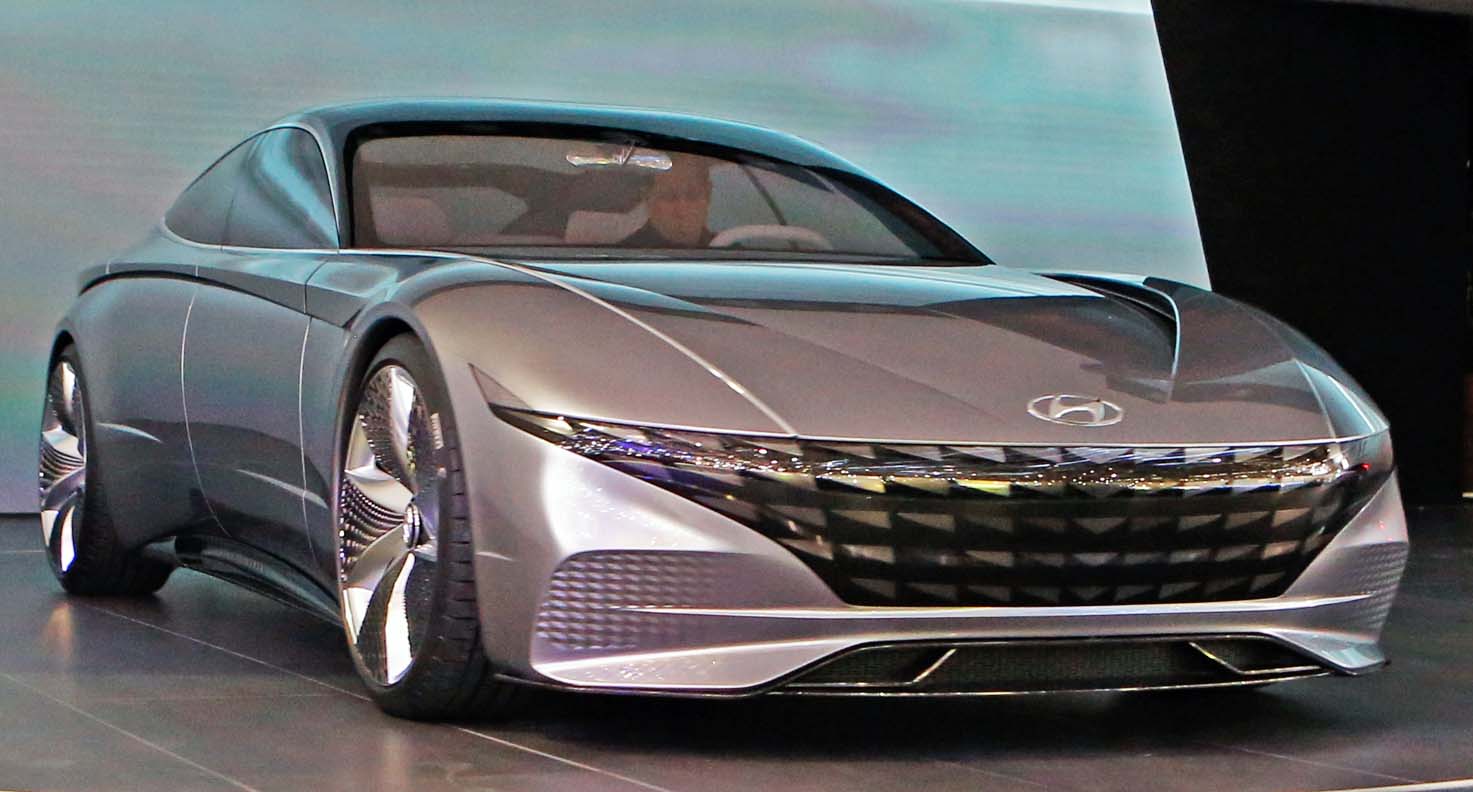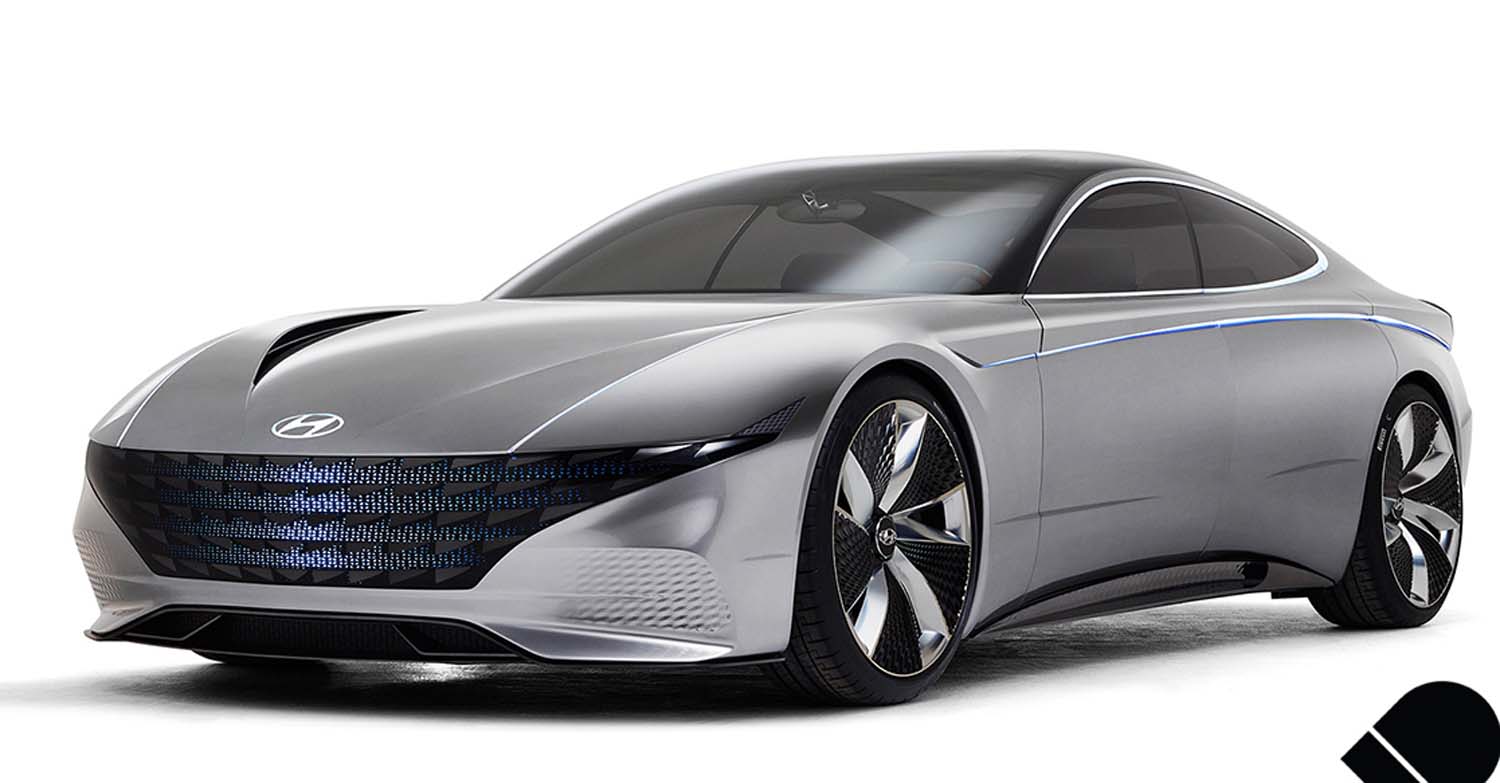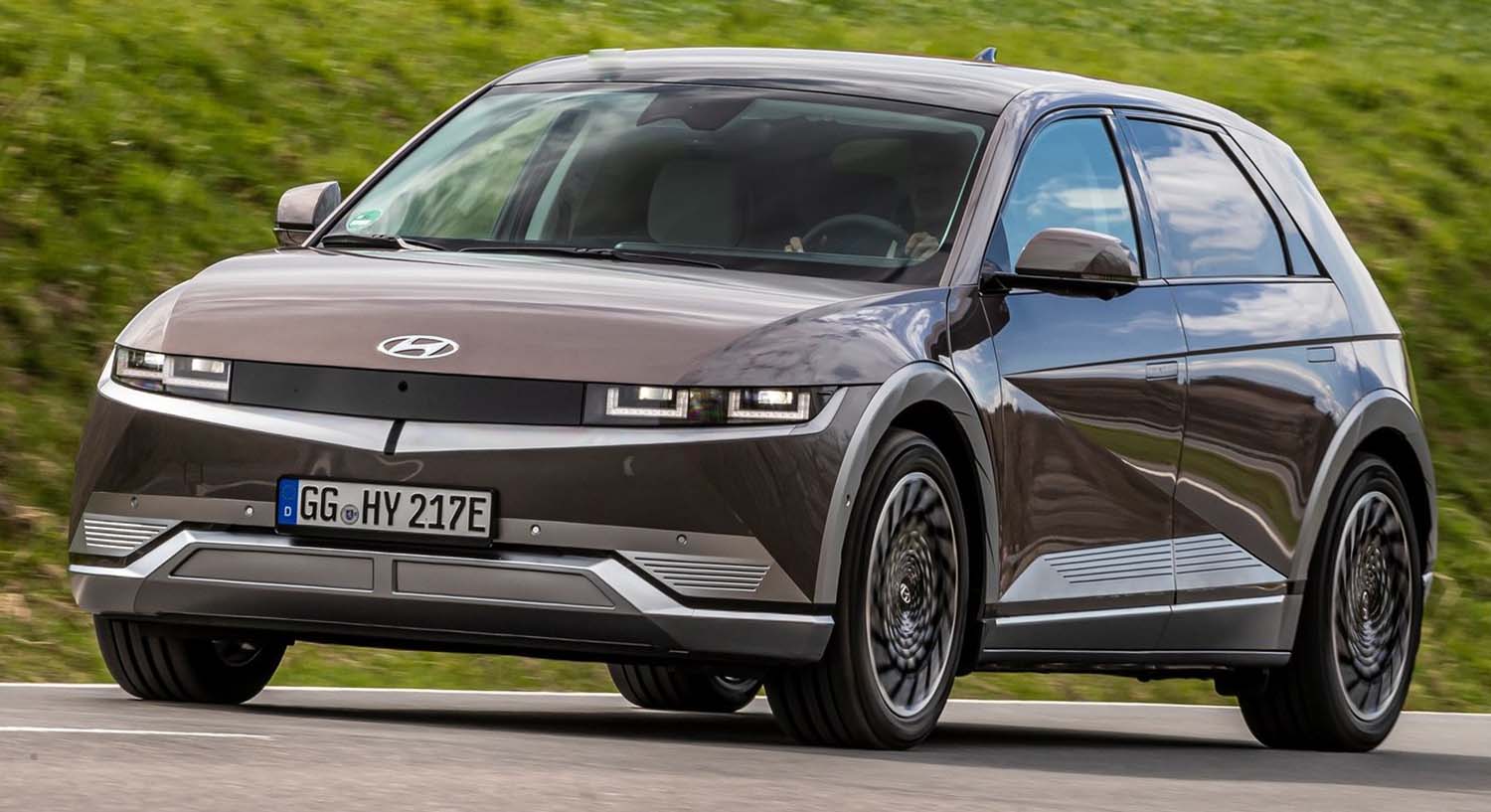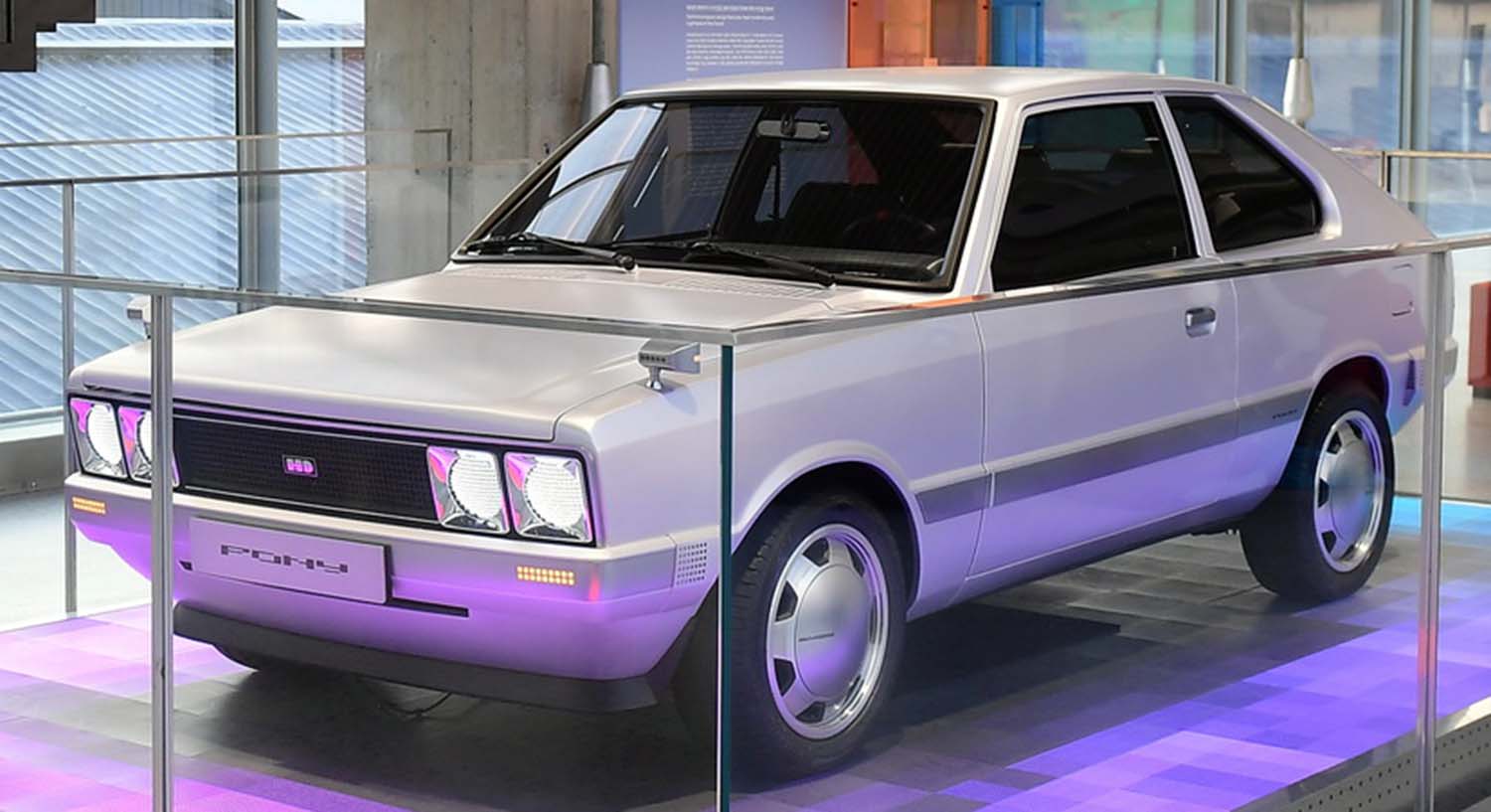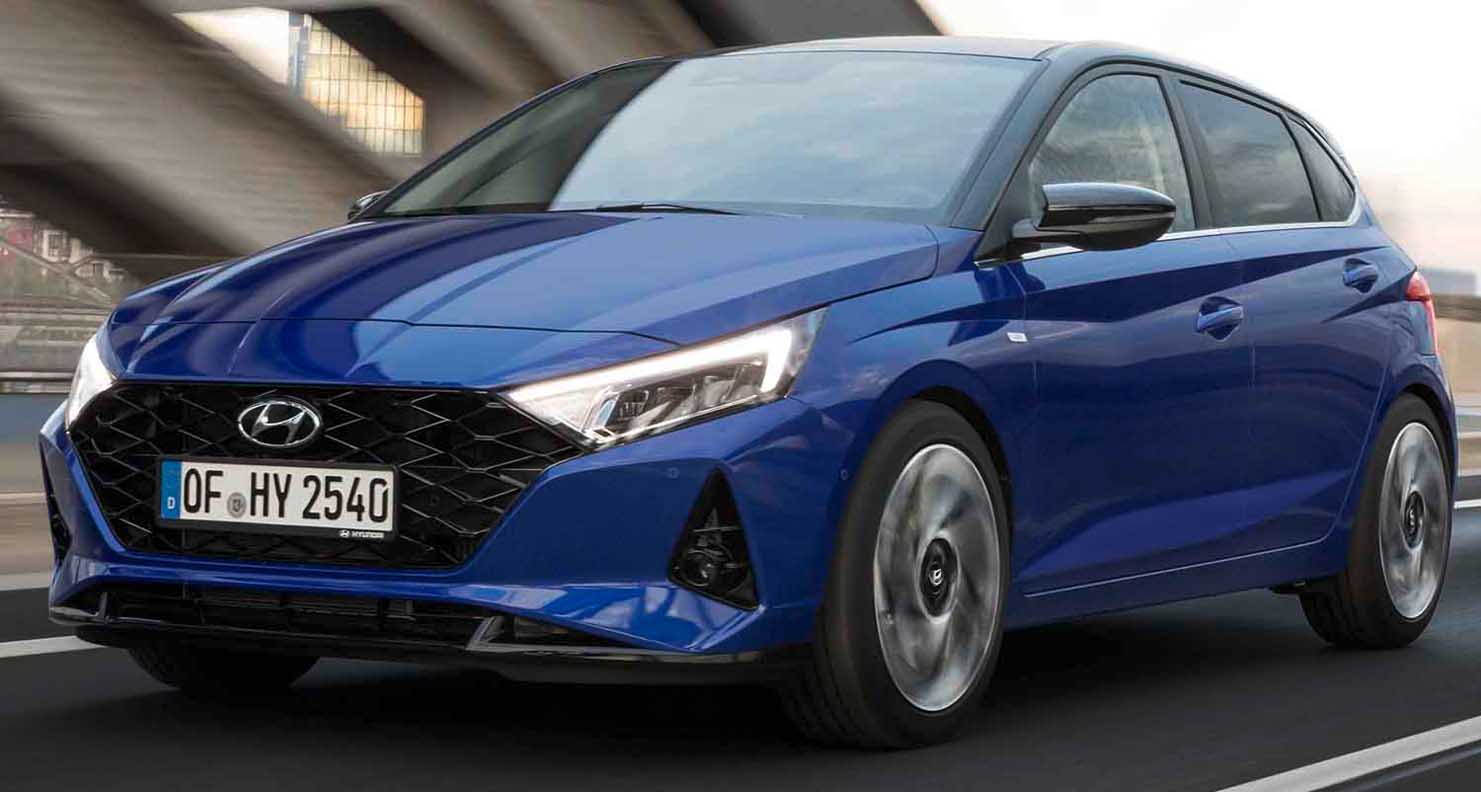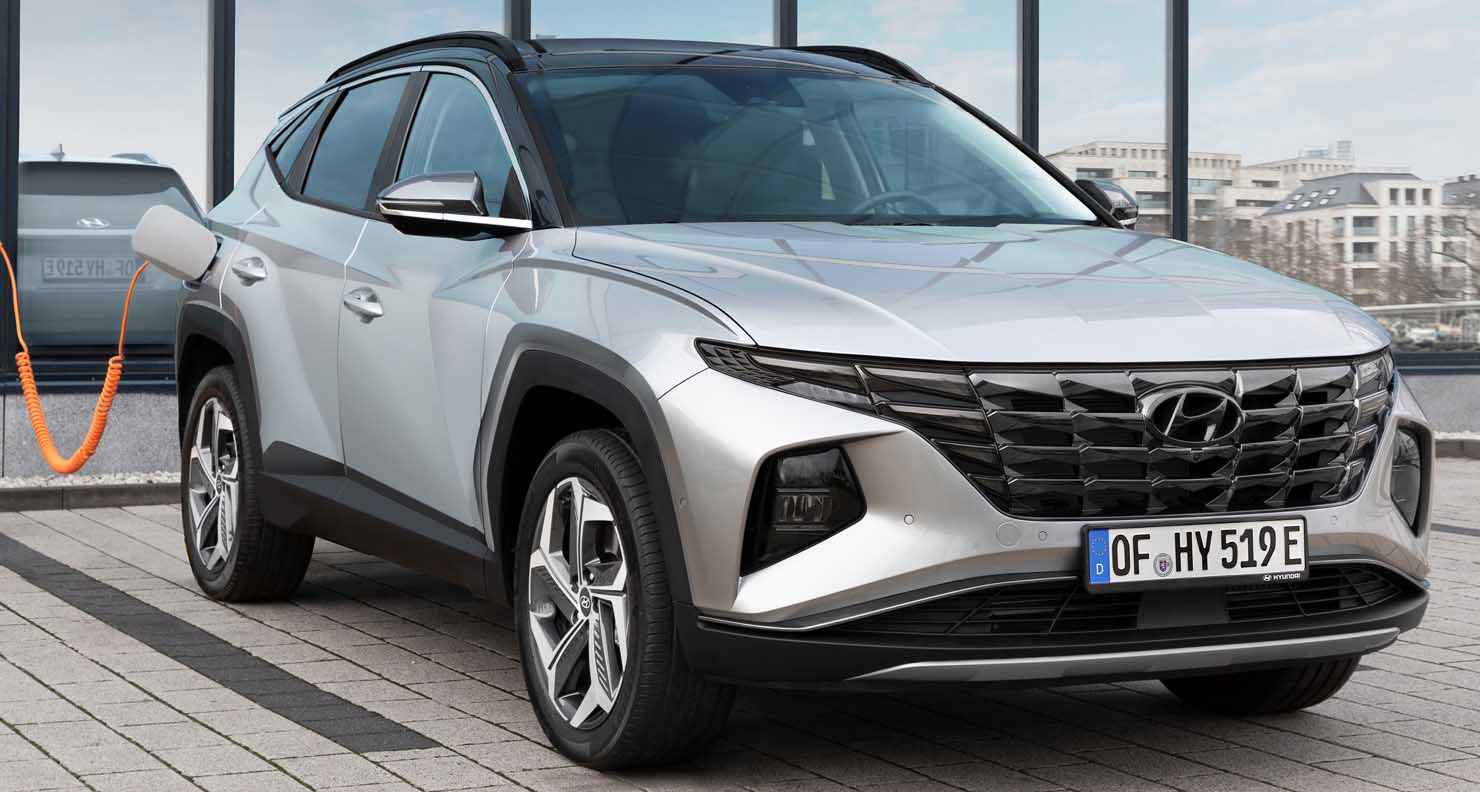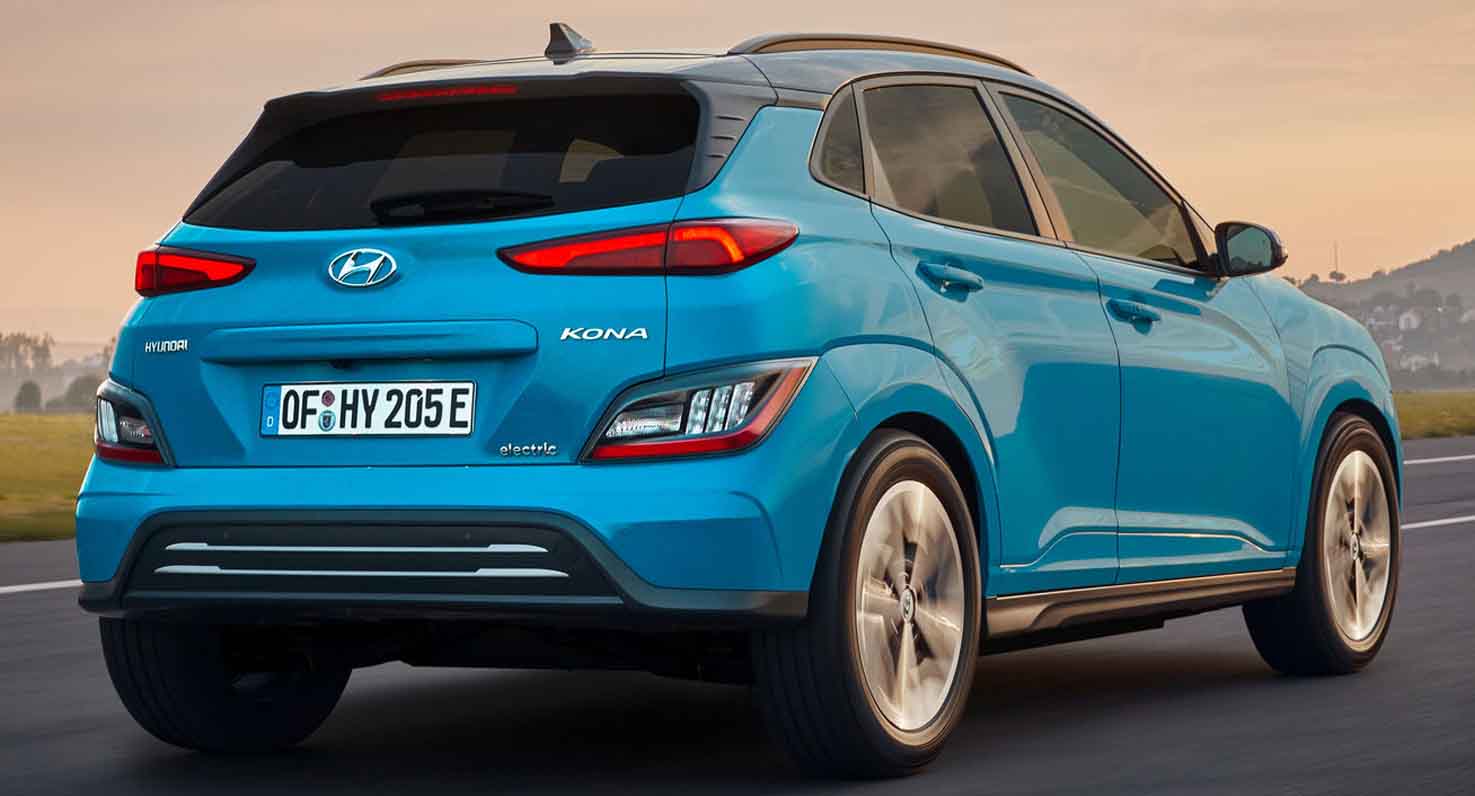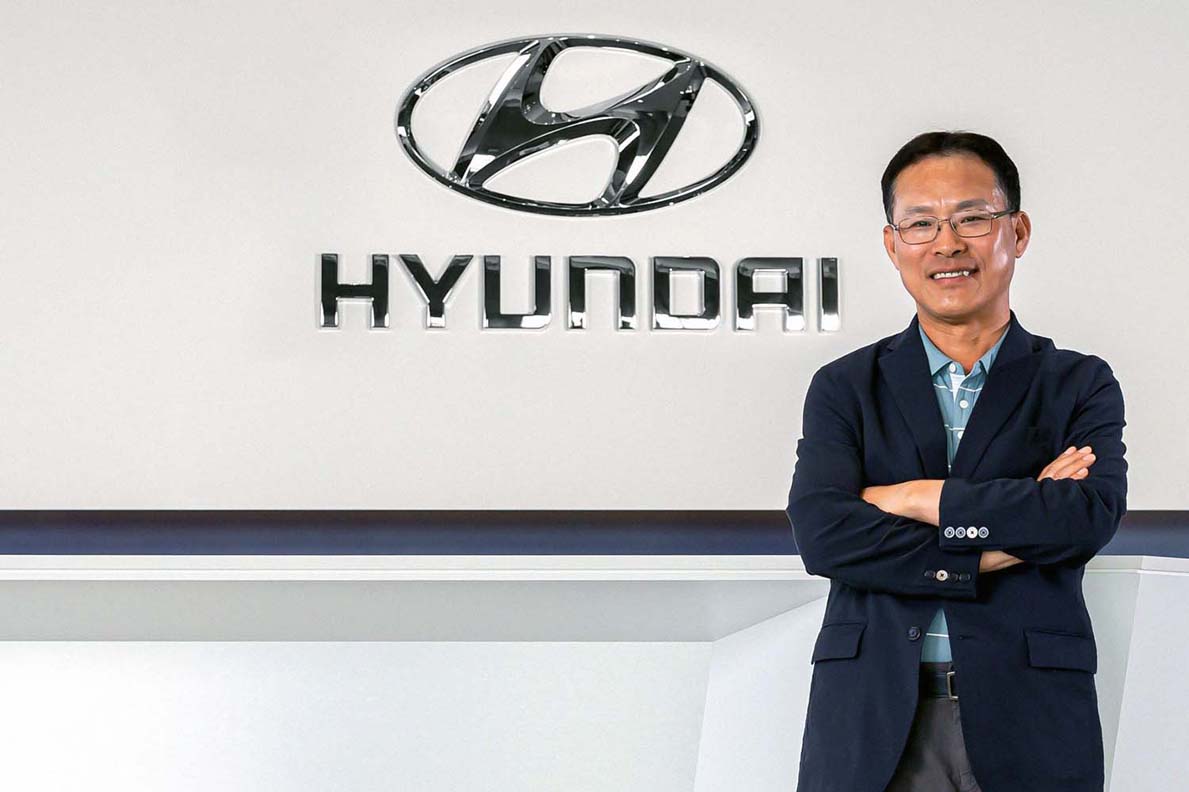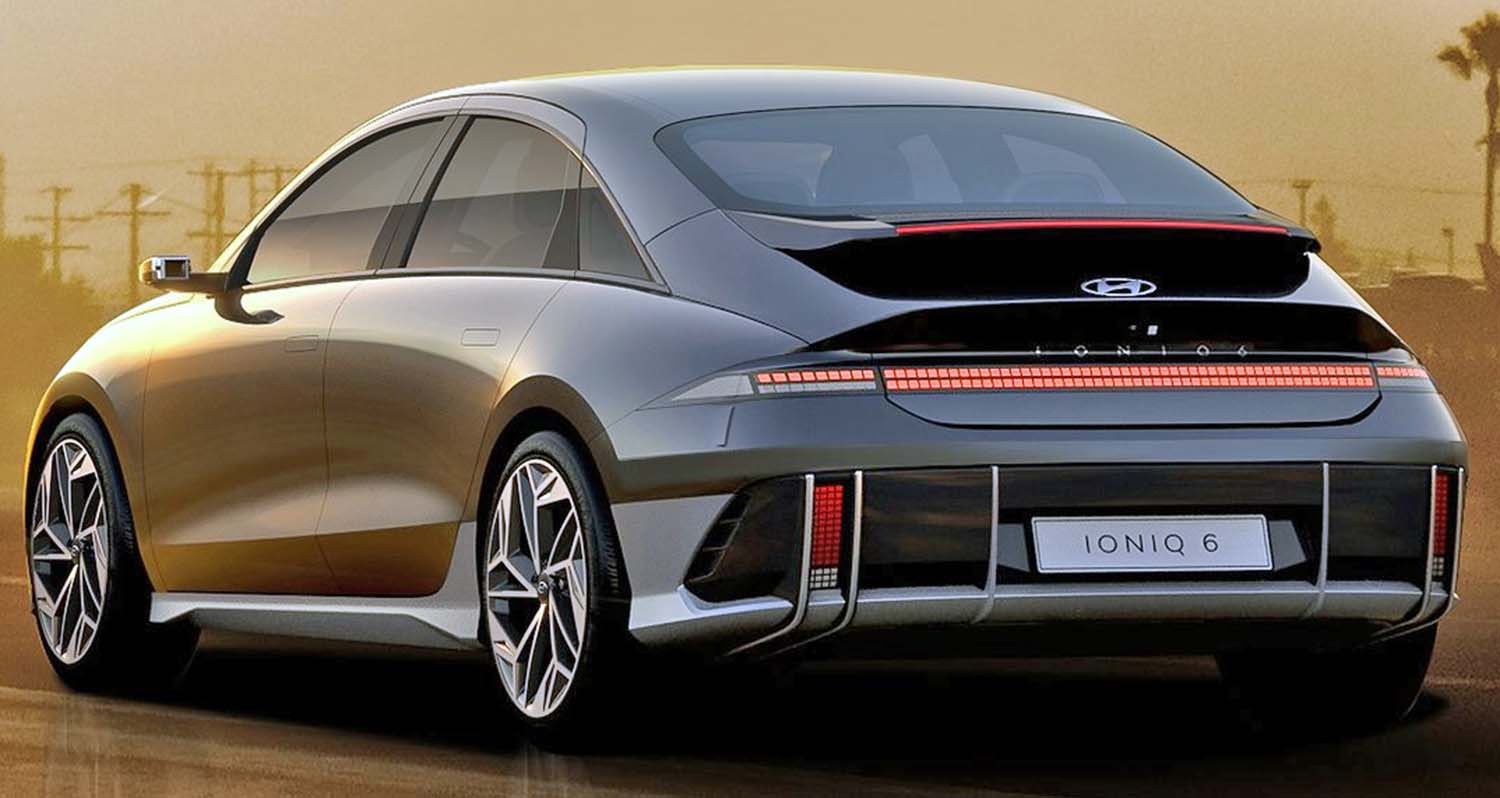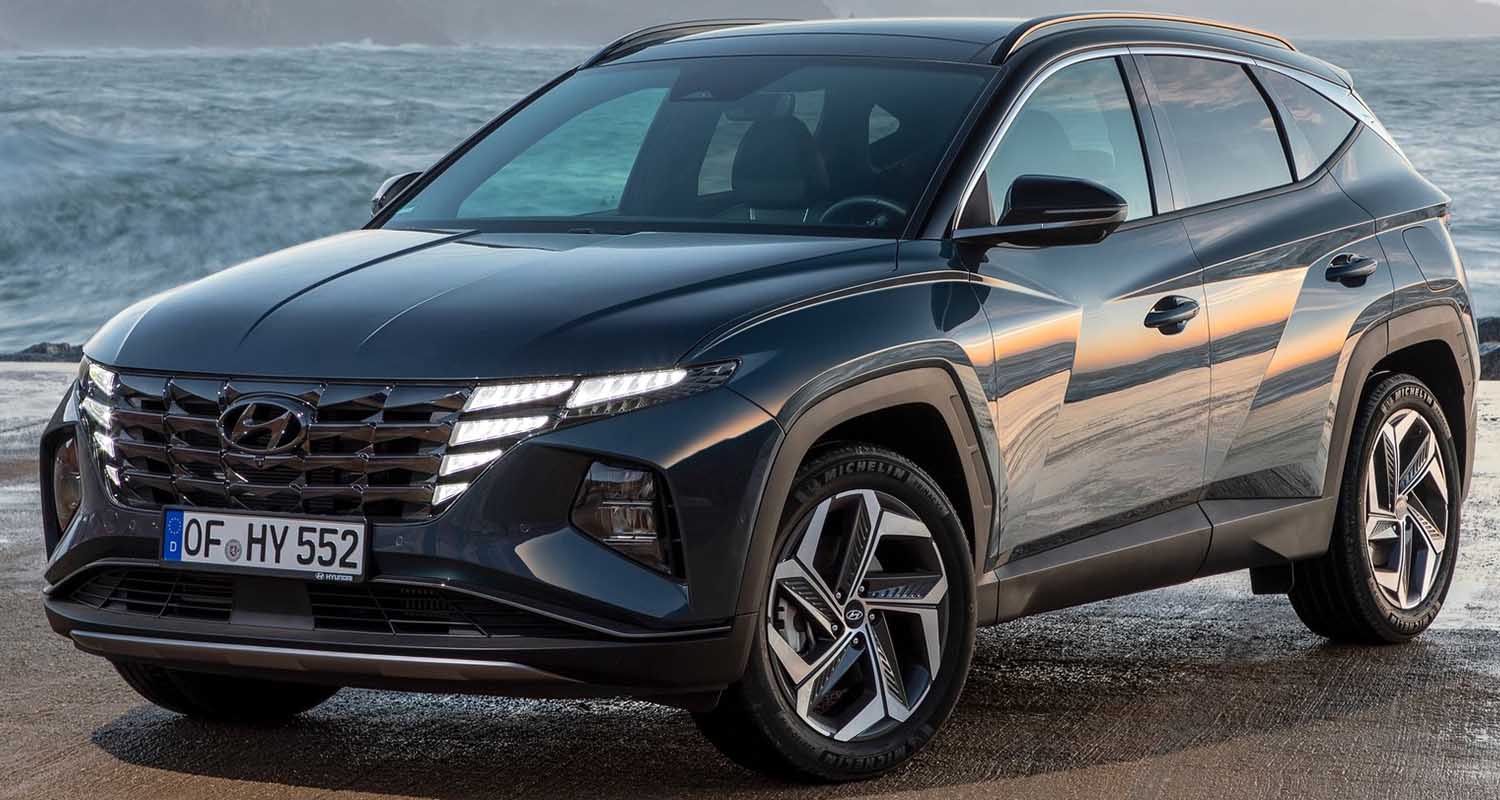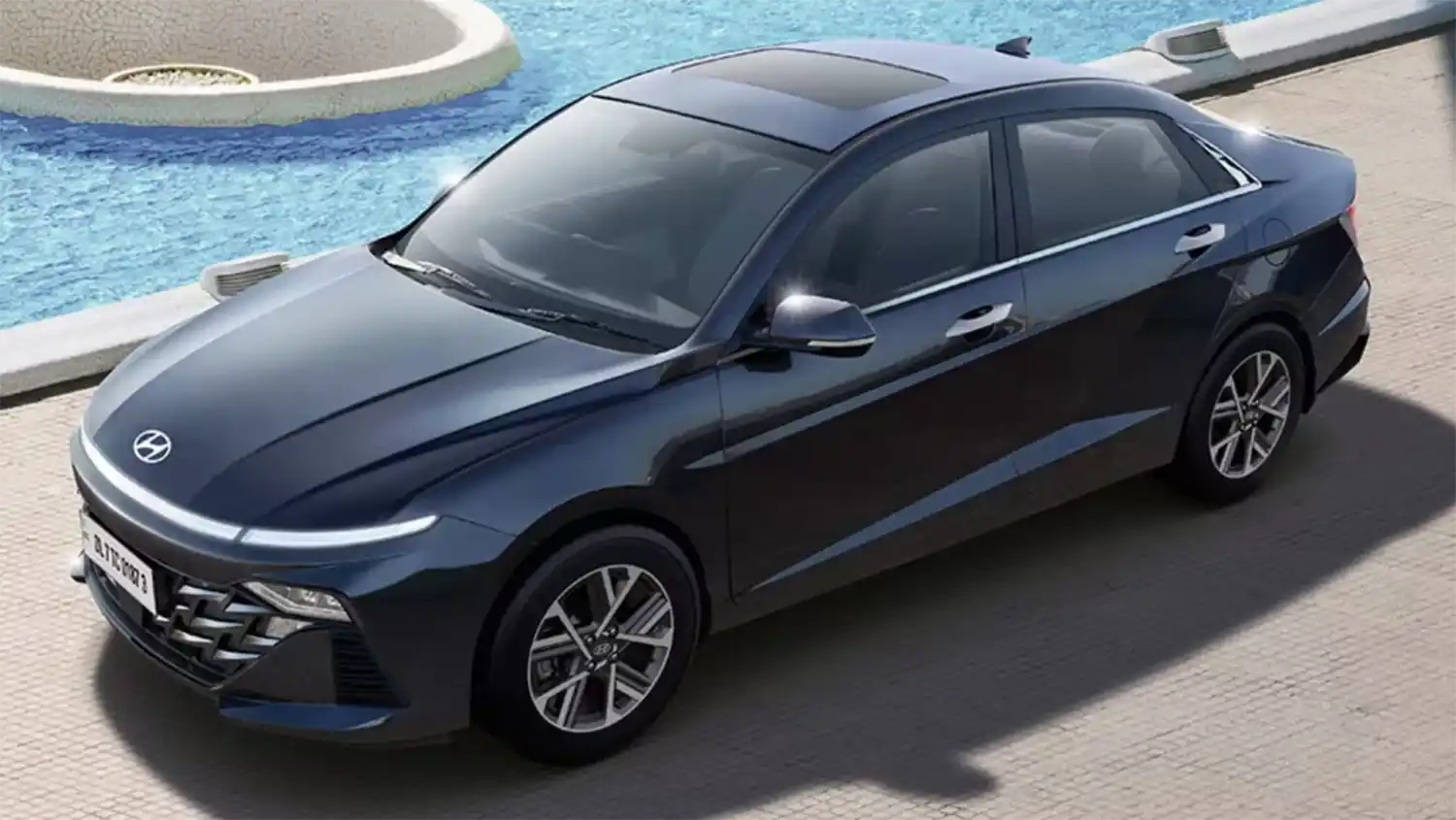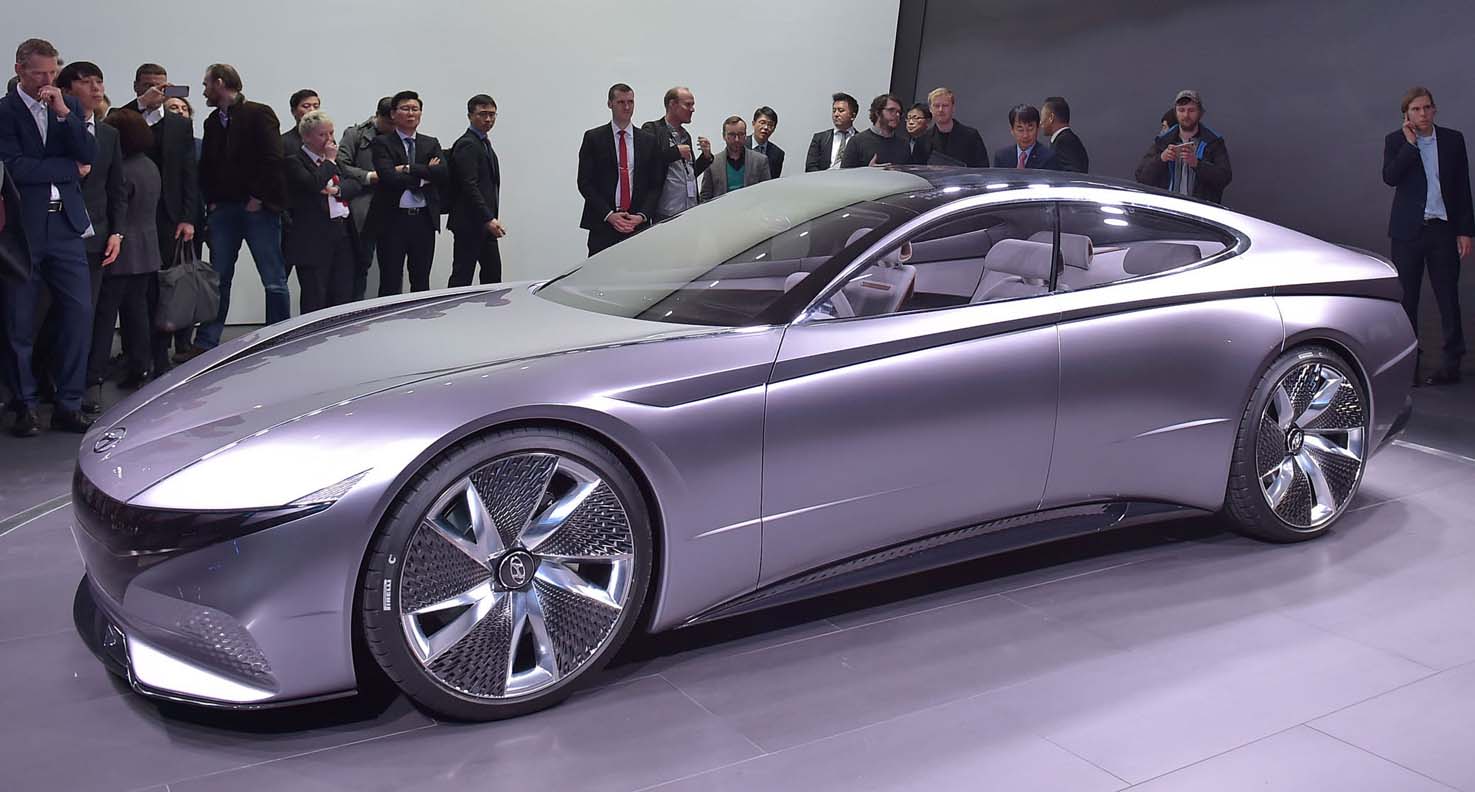
By Bang Sun Jeong, Head of Hyundai Motor Company Middle East & Africa HQs
With technology changing the world, it is no surprise that robotics has become a key component in the day-to-day operations of many industries, including the automotive industry.
Mainly deployed for spot welding, painting, surface coating and other applications, these sophisticated smart programmable machines have become a vital part of putting together the automobiles driven today on the roads.
According to Allied Market Research, the automotive robotics market generated USD $6.63 billion in 2019. Despite the challenges posed by the COVID-19 pandemic, this market looks set to be even stronger in the coming years, estimated to be worth USD $13.60 billion by 2027. These statistics give you an idea of the significant role robotics is playing in the industry.
Implementation of robotics in various practices is giving automotive companies a competitive edge in terms of production. They are helping improve quality, increase capacity, and protect workers from undertaking difficult and hazardous jobs at assembly plants.
From a global automobile manufacturer’s perspective, robotic technology is the key to the future of transport. The way we are moving around today will not be the same in the next 10 or 20 years or so.
Robotics has a lot to offer due to its adaptability. It has the capabilities to do a wide range of activities from delivering goods to even supporting all kinds of tasks for people in their everyday lives.
At Hyundai, our vision is ‘Progress for Humanity,’ so we are constantly exploring new horizons for mobility by creating innovative solutions, so people feel connected and get more from life. We believe that people should have access to a more convenient and sustainable lifestyle and our personal mobility device creations reflect this vision.
For instance, the Chairless Exoskeleton (CEX) is the first wearable robot developed for industrial applications which helps factory workers maintain a sitting position. At just 1.6kg in weight, it can support up to 150kg, with results from a pilot test proving that reducing the person’s user’s waist and lower body muscle activity can decrease the risk of injury and significantly improve work efficiency.
Another concept we are working on is the Hyundai Medical Exoskeleton (H-MEX) – a wearable robot aimed at assisting paraplegic patients to walk while also being utilised for sitting, standing, and walking up or down the stairs.
Earlier this year, Hyundai Motor Group took a significant step forward in its transition as a Smart Mobility Service Provider by acquiring a controlling interest in Boston Dynamics. The organisation has established itself as a global leader in developing and deploying highly mobile robots to tackle the toughest robotics challenges.
This significant investment is integral to expanding our future mobility options and re-emphasises why we are looking beyond autonomous vehicles, UAM, artificial intelligence and logistics.
At Hyundai, we envision a world where robots are fun and capable for humankind and create opportunities to help make a positive impact in society by enabling people to work safely and be more productive.
We see a bright future for robotics in the coming years. Hyundai Motor Group plans to expand its presence into the humanoid robot market to develop humanoid robots for sophisticated services such as caregiving for patients at hospitals.
The advancement of robotics technologies will also lend synergies to Hyundai’s autonomous vehicles, UAMs and smart factories.
As technology continues to evolve, robots will go from strength to strength and become such powerful machines that we can one day rely on them for transport services and undertake tasks that we never imagined was possible before.
It is no longer a matter of if but how soon they become a crucial part of our everyday lives as this is not just the future of mobility but also creating a better tomorrow for everyone.

